
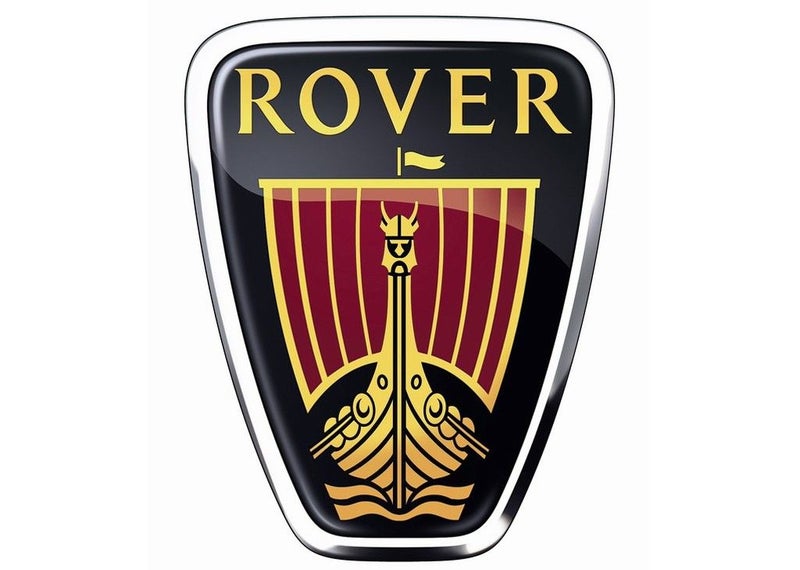
The company was formed in 1878 and began manufacturing the most famous car, the Land Rover from 1948, until it became its own brand.
Rover is a British automotive marque that was used for over a century, from 1904 to 2005. It was launched as a bicycle maker called Rover Company in 1878, before starting to manufacture autocars in 1904. The brand used the iconic Viking longship as its logo. The rights to the marque are currently part of Jaguar Land Rover, but no Rover vehicles are currently in production and the marque is considered dormant.
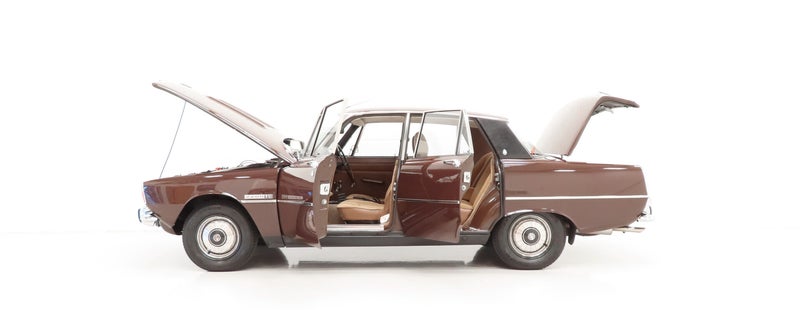

Headquarters: Rover Company Limited, Coventry, Warwickshire, United Kingdom, 1904-1967

Headquarters: Leyland Motors, Leyland, England, 1967-1978

Headquarters: British Leyland, Cowley, Oxfordshire, United Kingdom, 1978-1986
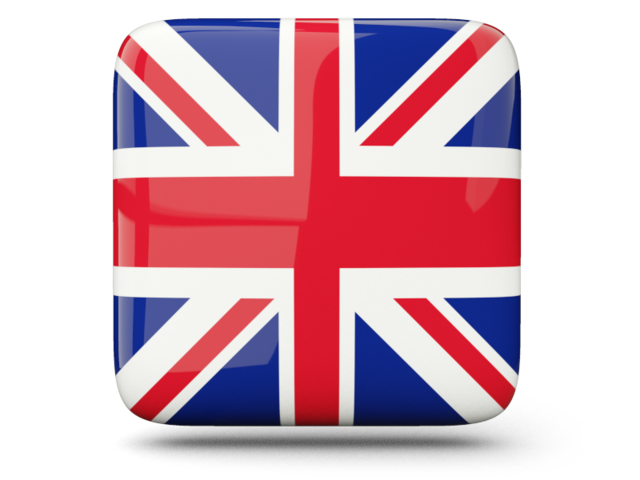
Parent: Rover Group, Birmingham, England, UK, 1986-1994

Parent: BMW Group, Munich, Germany, 1994-2000

Parent: Ford, Michigan Detroit, 2000-2005

Headquarters: Saic, Anting, Shanghai, China, 2005-now







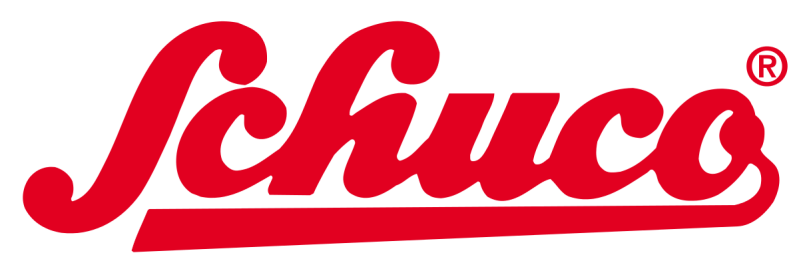

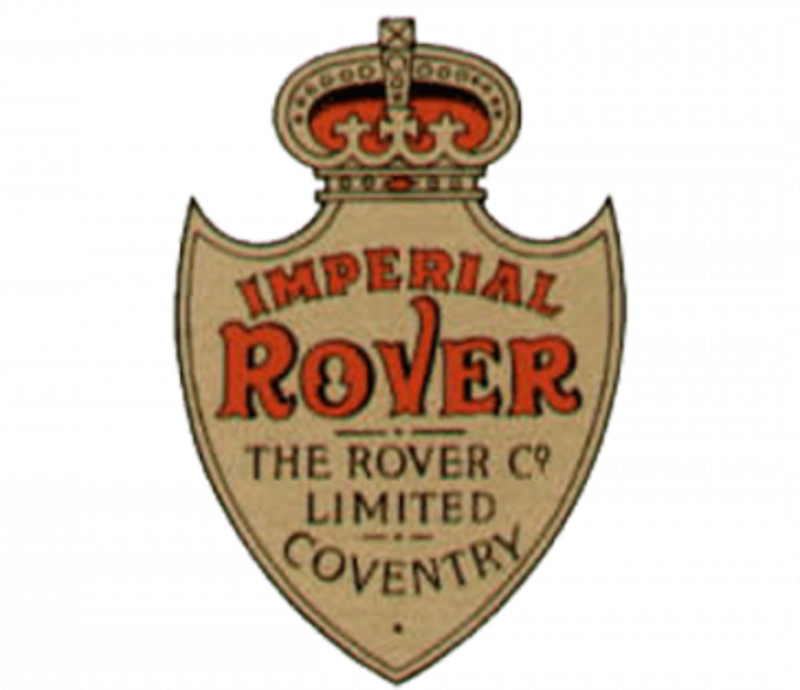






1884-1902
1902-1922
1922-1923
1923-1924
1925-1929
1929-1947
1947-1949
1949-1959

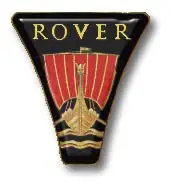





1959-1963
1963-1965
1965-1976
1976-1979
1979-1989
1989-2003
2003-2005








Create Your Own Website With JouwWeb